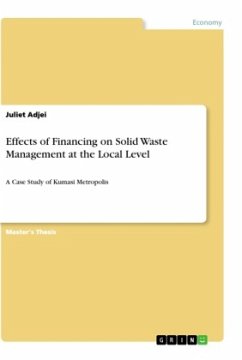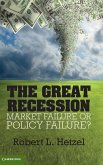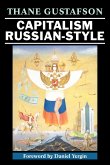Ancient Rome was one of the greatest cities of the pre-industrial era. Like other such great cities, it has often been seen as a parasite, a drain on the resources of the society that supported it. Rome's huge population was maintained not by trade or manufacture but by the taxes and rents of the empire. It was the archetypal 'consumer city'. However, such a label does not do full justice to the impact of the city on its hinterland. This book examines the historiography of the consumer city model and reappraises the relationship between Rome and Italy. Drawing on recent archaeological work and comparative evidence, the author shows how the growth of the city can be seen as the major influence on the development of the Italian economy in this period as its demands for food and migrants promoted changes in agriculture, marketing systems and urbanisation throughout the peninsula.
Hinweis: Dieser Artikel kann nur an eine deutsche Lieferadresse ausgeliefert werden.
Hinweis: Dieser Artikel kann nur an eine deutsche Lieferadresse ausgeliefert werden.









